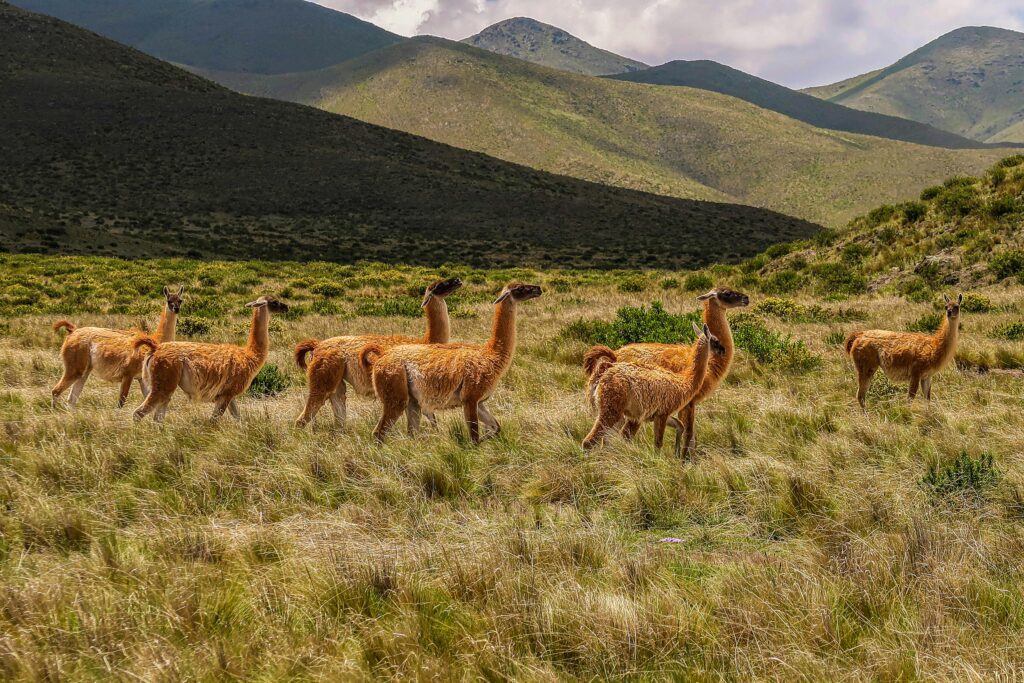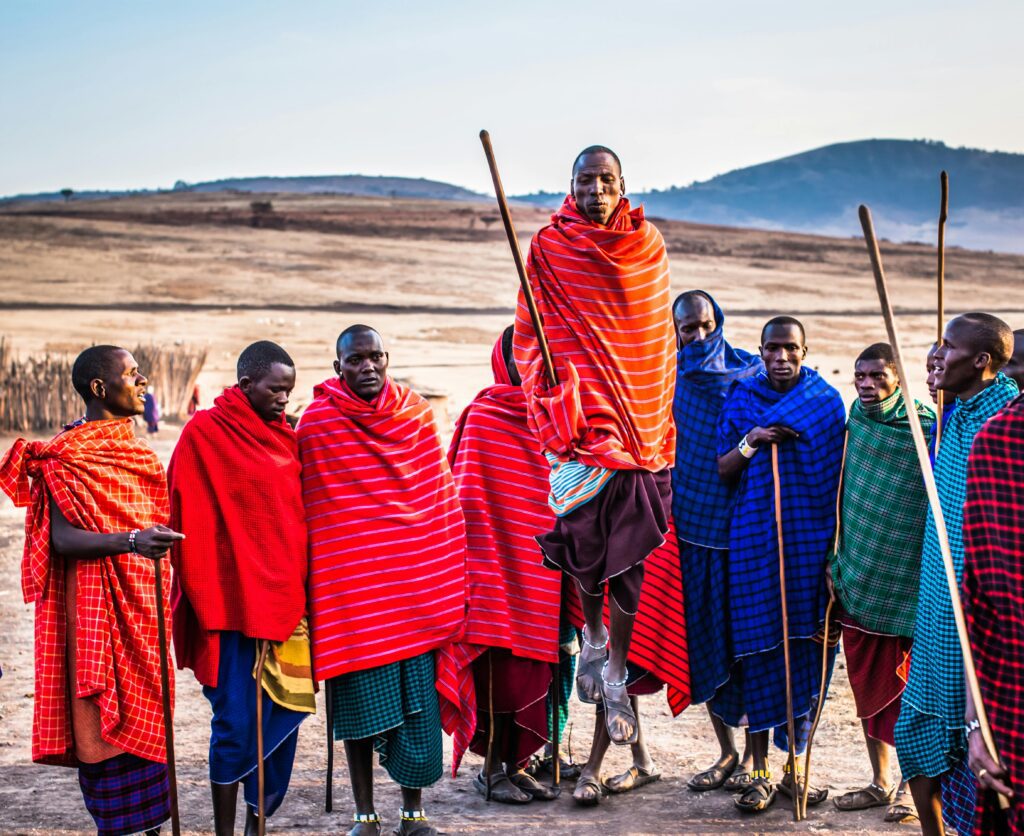“Discover the unexplored wonders of Salta, Argentina’s hidden gem. Uncover off-beat experiences, untouched landscapes, and vibrant culture. Dare to explore!”
Introduction: Why Salta Captivates Every Traveler
As I stepped off the plane in Salta, the crisp mountain air and golden sunlight welcomed me to a city where colonial charm meets Andean mystique. Known as Salta la Linda (Salta the Beautiful), this Argentine gem is famed for its vibrant culture, world-class vineyards, and breathtaking landscapes. Did you know Salta boasts the highest vineyards globally, with some perched at 3,000 meters above sea level?
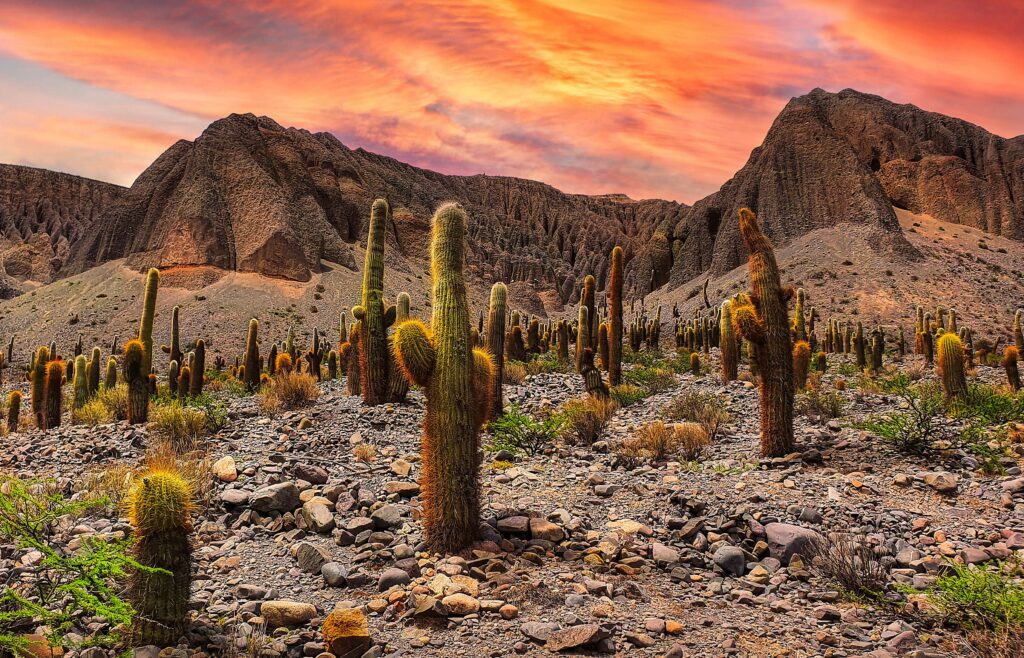
This best Salta (Argentina) travel guide is designed for first-time visitors seeking adventure, culture, and unforgettable flavors. Below, you’ll find:
– A 3-day Salta (Argentina) itinerary packed with must-see spots
– Salta (Argentina) backpacking tips for budget travelers
– Personal anecdotes from my own journey
– A detailed FAQ section
– Expanded sections on attractions, dining, and cultural insights
Ready to explore? Download our free Salta (Argentina) map to start planning!
When to Visit Salta (Argentina) for the Best Experience
Salta’s climate varies by season, so timing is key. Here’s a breakdown:
Best Seasons for Travel
- Spring (September–November): Mild temperatures (15–25°C / 59–77°F) and festivals like Fiesta Nacional de los Estudiantes. The hills surrounding the city burst into bloom, painting the landscape in wildflowers.
- Summer (December–February): Warm days (up to 30°C / 86°F) but crowded; ideal for hiking and night markets. The Feria Artesanal in Plaza Güemes comes alive with local artisans selling handwoven ponchos and silver jewelry.
- Autumn (March–May): Fewer tourists, perfect for wine tours in Cafayate. The vineyards turn golden, and the harvest season brings lively fiestas de vendimia (wine festivals).
- Winter (June–August): Cool and dry, great for salt flats (Salinas Grandes). The crisp air makes for stunning sunrise views over the Andes.
Personal Anecdote: A Festival Night to Remember
During my visit in February, I stumbled upon La Fiesta de la Virgen de la Candelaria—a whirlwind of drum parades, folk dances (Diablada), and late-night feasts. Locals invited me to share empanadas salteñas (spicy meat pastries) at a communal table, turning strangers into friends. The scent of wood-fired grills and the sound of bombo drums created an electric atmosphere.
3-Day Salta (Argentina) Itinerary
Day 1: Colonial Salta & Cultural Immersion
Morning:
– 9:00 AM: Explore Plaza 9 de Julio, the heart of Salta. Admire the pastel-colored colonial buildings, including the iconic Cabildo (town hall) and the pink Cathedral Basilica of Salta, where General Güemes’ remains are kept.
– 10:30 AM: Visit MAAM Museum (Incan mummies, ARS 1,500/USD 4). The museum’s star exhibit is the Children of Llullaillaco, three perfectly preserved Inca child mummies discovered atop a 6,700-meter volcano. The dimly lit rooms and haunting displays make for a profound experience.
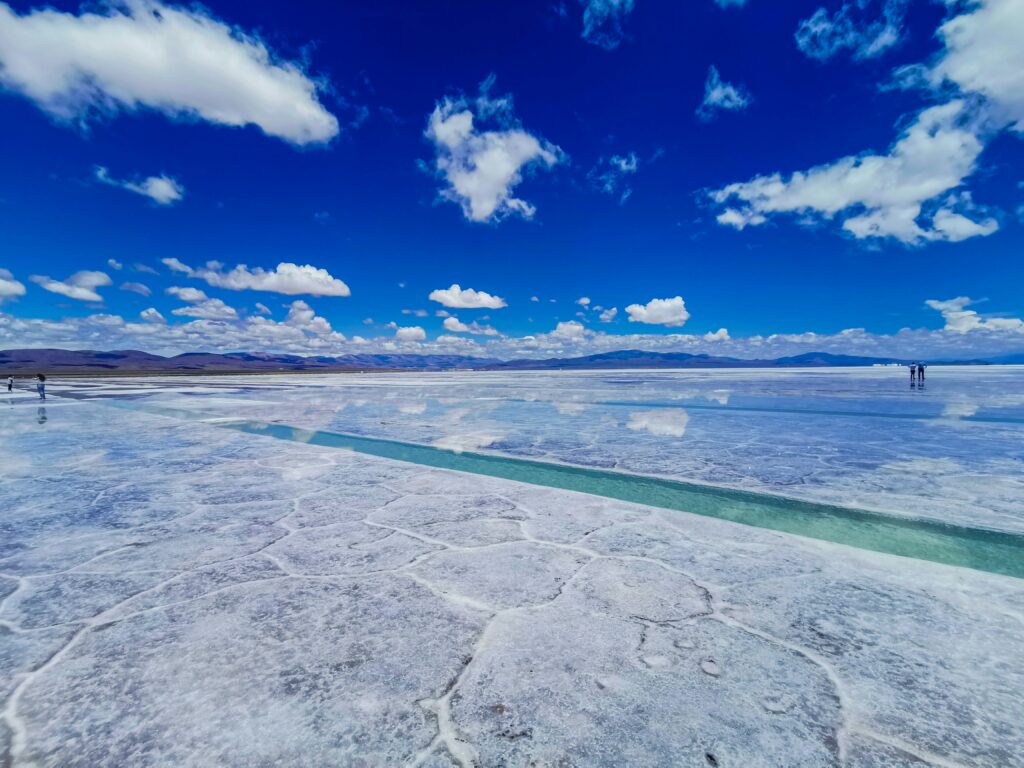
Afternoon:
– 1:00 PM: Lunch at El Patio de la Empanada, a local favorite. Try the beef humita (a savory corn-and-meat pastry) and pair it with a glass of Torrontés wine. The courtyard setting, with its bougainvillea-covered walls, is pure Salta charm.
– 3:00 PM: Ride the Teleférico (ARS 2,000/USD 5) to Cerro San Bernardo for panoramic views. At the top, wander through lush gardens and snap photos of the city framed by the Andes.
Evening:
– 7:00 PM: Folk music at La Peña del Balderrama (live zamba performances). This legendary venue has hosted artists for decades. Order a mate cocido (herbal tea) and let the melancholic strumming of the charango (Andean lute) transport you.
Day 2: Adventure in the Calchaquí Valleys
Morning:
– 8:00 AM: Drive to Cafayate (3-hour journey). Stop at Quebrada de las Conchas for red-rock vistas. Highlights include El Anfiteatro (a natural amphitheater with perfect acoustics) and Garganta del Diablo (Devil’s Throat), a narrow canyon where the wind howls eerily.
Afternoon:
– 1:00 PM: Wine tasting at Bodega El Esteco (try Torrontés, ARS 5,000/USD 10). The vineyard’s 19th-century estate feels like stepping into a gaucho novel. Their Malbec rosé is a surprising standout.
– 4:00 PM: Hike to Cascada del Río Colorado, a hidden waterfall. The trail winds through vineyards and cactus forests—keep an eye out for giant cardón cacti, some over 10 meters tall!
Evening:
– 8:00 PM: Stargaze at La Casa de las Nubes (high-altitude observatory). The clear, unpolluted skies reveal the Milky Way in stunning detail.
Day 3: Off-the-Beaten-Path Gems
Morning:
– 7:00 AM: Visit Salinas Grandes salt flats (4-hour drive). The blinding white expanse stretches to the horizon, creating surreal photo ops. Local guides demonstrate how salt is harvested, and you can buy hand-carved salt souvenirs.
Afternoon:
– 12:30 PM: Lunch in Purmamarca, a village known for its Hill of Seven Colors. Dine at El Nuevo Progreso—their llama stew is a regional specialty. The adobe buildings and artisan stalls selling rainbow-colored textiles feel like a living postcard.
– 3:00 PM: Shop at Mercado Artesanal for handmade textiles. Look for vicuña wool scarves (softer than cashmere) and silver sikus (Andean panpipes).
Evening:
– 7:00 PM: Sunset at San Lorenzo cloud forest. The misty trails are home to hummingbirds and rare orchids. End the day with a mate tea ritual at a hillside café.
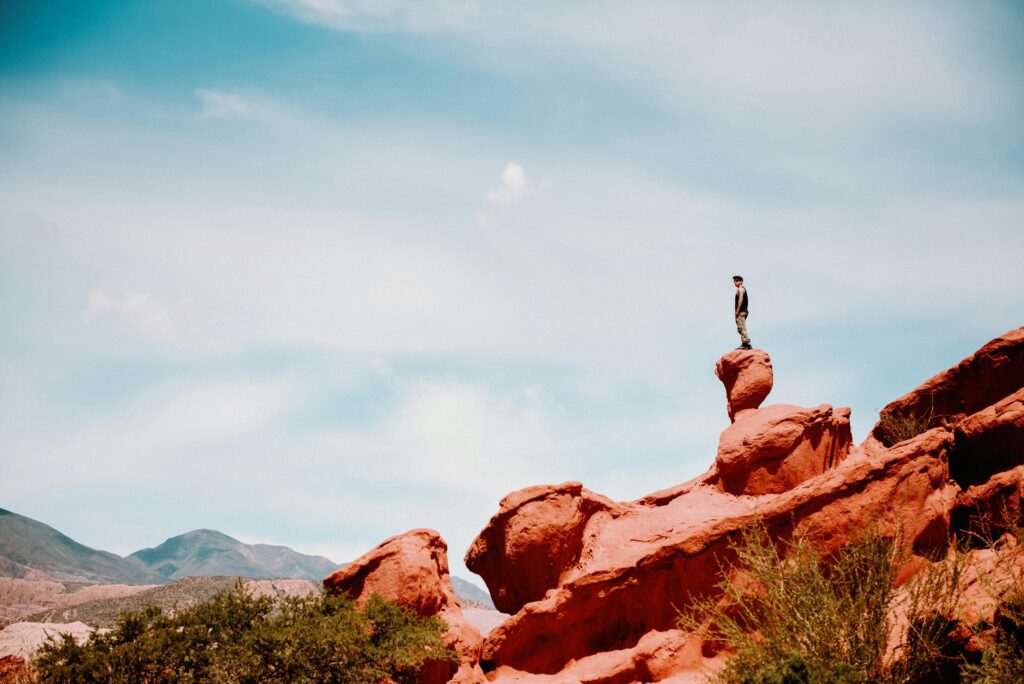
Salta (Argentina) Backpacking Tips
Budget-Friendly Hacks
- Transport: Buses (ARS 500/USD 1.50) beat taxis for intercity travel. The Balut company offers reliable service to Cafayate.
- Food: Locro (hearty stew) at markets costs ~ARS 2,000/USD 5. Mercado Central is a budget eater’s paradise—try the tamales salteños (corn husk-wrapped delights).
- Accommodation: Hostels like Hostal del Inti start at ARS 10,000/USD 20/night. For a splurge, Casa de la Nieve offers private rooms with mountain views.
Safety & Etiquette
- Greetings: A handshake and “Hola” go far. Salteños are warm but appreciate politeness.
- Altitude: Drink coca tea to avoid sickness in high areas like San Antonio de los Cobres.
- Tipping: 10% in restaurants is standard. Round up taxi fares.
FAQs About Salta (Argentina) Travel
1. Is Salta safe for solo travelers?
Yes! Stick to well-lit areas at night and avoid flashing valuables. Petty theft is rare but possible in crowded markets.
2. What’s the best way to get around?
Rent a car for remote areas like Cachi; buses work for cities. Remises (private taxis) are affordable for short trips.
3. Can I visit Salta’s vineyards year-round?
Yes, but harvest season (March–April) is liveliest. Winter offers intimate tastings by fireplace.
4. Do I need to speak Spanish?
Basic phrases help, but tourist spots have English speakers. Download Google Translate for menus.
5. What’s a must-try dish?
Humita en chala (sweet corn tamale). For dessert, quesillo con cayote (goat cheese with fig jam).
Conclusion: Start Your Salta Adventure Today!
From sipping Torrontés in Cafayate to dancing zamba under the stars, Salta is a sensory feast. Whether you’re backpacking or luxury-seeking, this guide ensures you’ll experience the best of Salta (Argentina).
Ready to explore? Book your flights now—dry season (May–October) fills up fast!
Keywords:
1. “Salta Argentina travel guide” 2. “Best time to visit Salta for adventure travel” 3. “What to do in Salta Argentina for 7 days” 4. “Top attractions in Salta Argentina for backpackers” 5. “Salta Argentina off-the-beaten-path destinations for experienced travelers”

